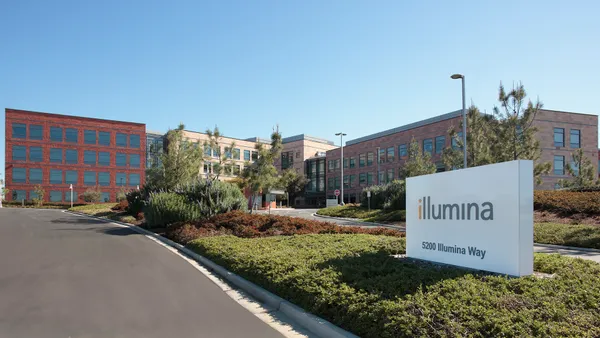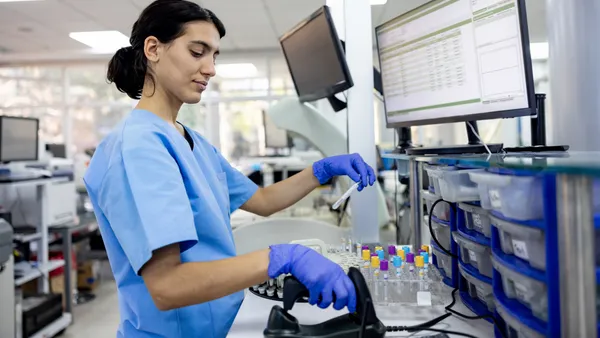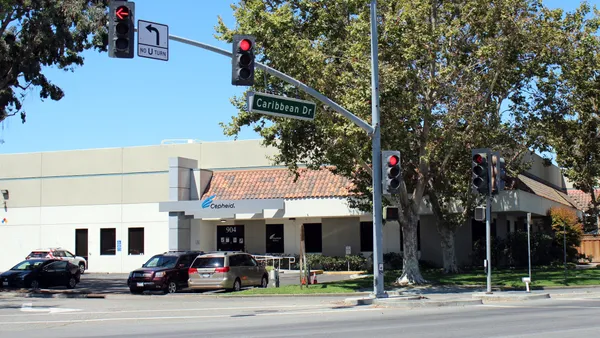Dive Brief:
-
Quest Diagnostics’ fourth quarter earnings and sales came in below analyst expectations as the forecast slowdown hit harder than anticipated.
-
Revenue, operating income and earnings per share all fell year over year as Quest contended with the impact of the Protecting Access to Medicare Act (PAMA) and other challenges.
-
With the headwinds set to continue into 2019, Quest is forecasting just 1% to 3% revenue growth despite revised deals giving it access to 43 million more insured patients than in 2018.
Dive Insight:
Analysts expected the fourth quarter to be a tough one for Quest. The consensus was that revenue would come in flat at just shy of $1.9 billion and adjusted EPS would fall one cent to $1.37. Those estimates proved to be a little optimistic, with Quest posting revenues closer to $1.8 billion and adjusted EPS of $1.36.
The performance is explained by other line items. Notably, revenue per requisition fell by 5.5%, meaning that while acquisitions drove 3.4% growth in requisition volumes, sales slid. The falling figures had an impact on Quest’s operating income, which tumbled 14.6% on an adjusted basis, and margins.
Elements of the financial results chime with the performance of Quest’s chief rival for the clinical laboratory market, LabCorp, reflecting the fact both companies are contending with Medicare rate reductions as a result of PAMA.
Quest bettered its rival in terms of volume growth — despite the softness it predicted late last year — but headwinds look to have hit it harder in the fourth quarter. LabCorp suffered a 0.4% fall in revenue per requisition, compared to a 5.5% drop at Quest.
“It was a tough year from a denials perspective,” Quest CFO Mark Guinan told investors on a fourth quarter results call. Denials, the test mix, pricing, weather and other factors affected revenue per requisition.
Stronger performance earlier in the year meant Quest grew its revenue and adjusted EPS over 2018 as a whole. Quest thinks it will post another year of growth in 2019 but its forecast is testament to the challenges it will face over the coming months. The lab leader expects net revenues to tick up by 1% to 3% and adjusted EPS to rise by around 1%.
Quest’s ability to hit its forecasts will largely rest on its success in growing volumes. PAMA means pricing pressure will continue, leaving the chances to pinch UnitedHealth business from LabCorp and acquire smaller providers as the two key potential growth drivers. A clearer picture of whether Quest can achieve that will emerge as the year progresses but it provided an early take this quarter.
“Volumes are off to a good start this year,” Quest CEO Steve Rusckowski said. “It will continue to build throughout ‘19.”
Quest may face a tough first quarter despite Rusckowski’s upbeat assessment of volume growth. The company is investing to handle the extra volumes it expects but those outlays will happen ahead of competitive wins. When coupled to the fact cost-cutting efforts are not expected to take effect until later in the year, the expenditure means the outlay may drag on Quest in the first quarter.
If Quest emerges from the turbulence with a bigger slice of the market, PAMA could help it in the long run. But for now it must scrap to grow in the face of $200 million of reimbursement pressure.










